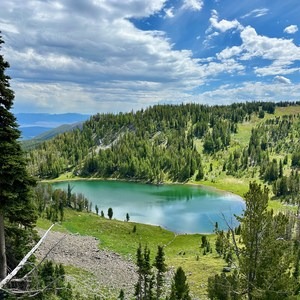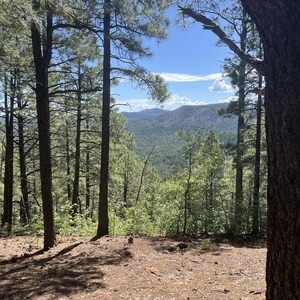The Continental Divide National Scenic Trail spans nearly 3,100 miles across 5 states from Mexico to Canada, traversing a vast array of different environments and landscapes along the way. The CDT can be completed as a single thru-hike that will take 4 to 6 months, or by section-hiking smaller segments. The Montana-Idaho portion of the CDT features nearly 1,000 miles of diverse mountain terrain. You’ll pass alongside the lofty peaks of the Anaconda, Bitterroot and Beaverhead Mountains; walk through the rugged and remote Bob Marshall Wilderness Complex; and finally arrive at the “Crown of the Continent” that is Glacier National Park. In this guide we’ll take a closer look at Montana-Idaho Section 13.
Section 13 is a big one for northbound thru-hikers. It marks the end of Idaho - the rest of the CDT stays entirely within Montana. Unfortunately, a lot of Section 13 was burned by a recent forest fire. You’ll witness the devastation firsthand as you walk through.
The section begins at Chief Joseph Pass. From here hikers can walk down to Highway 93 and hitch into the small town of Darby to resupply.
The trail follows a ridge and stays true to the Continental Divide. Unfortunately, this leads to a major lack of water along this stretch. It also takes hikers through a lot of the recently burned forest.
One alternative route worth considering follows Forest Road 1260 down to Hogan Cabin. You’ll then cross a beautiful large meadow where there is good water. You’ll then hike up alongside a small stream, following a sometimes faint trail. This will take you up to Forest Road 1295 which you’ll follow to the Elk Creek Trail. Elk Creek then takes you right back to the Official CDT. This alternate is shorter, has more water, and avoids a lot of burn area.
From here, continue following the CDT through the devastating recent burn until coming to Schultz Saddle. This marks the end of Section 13.









Comments
Sign In and share them.